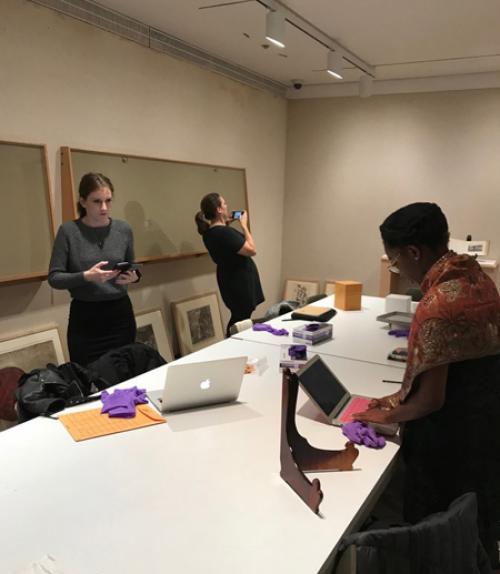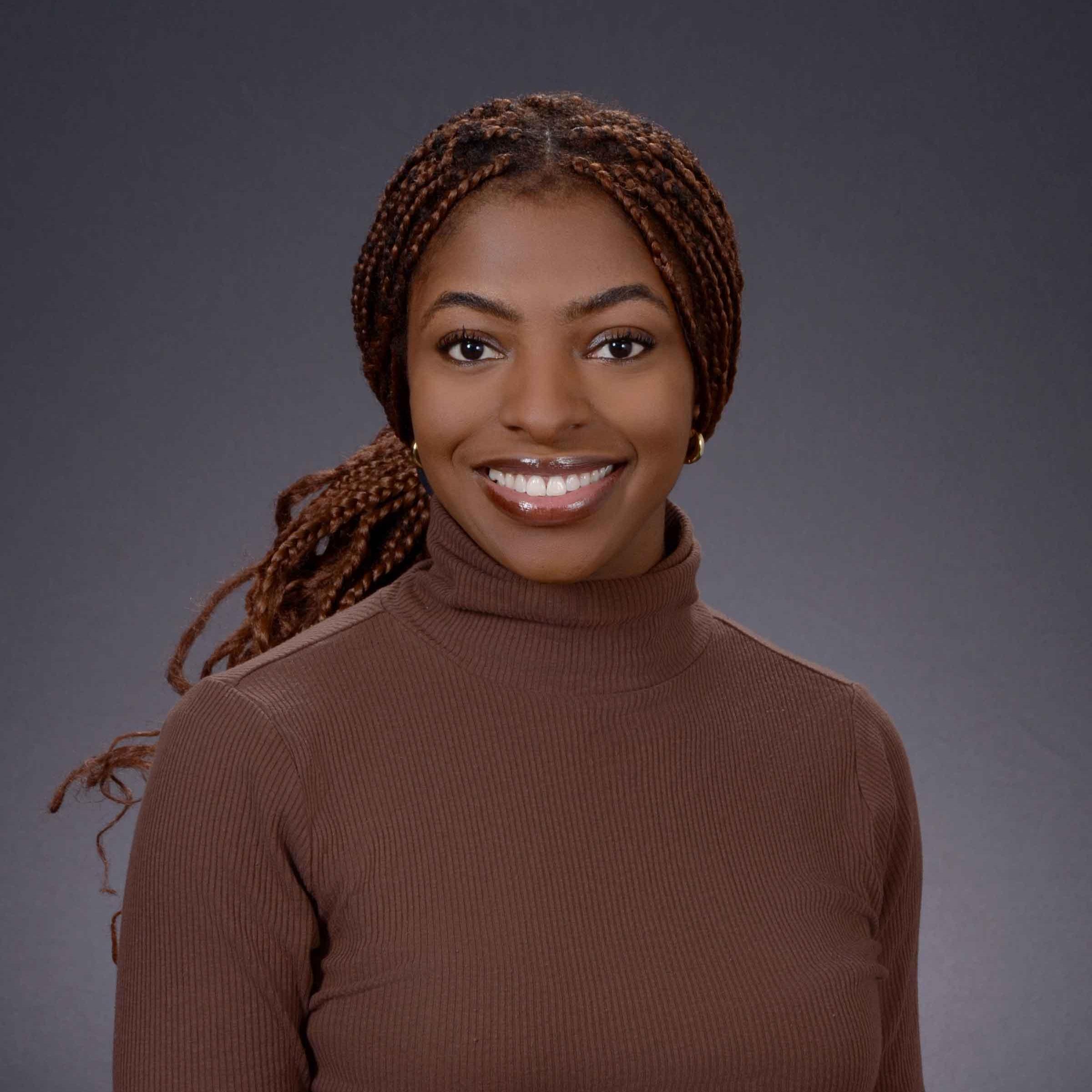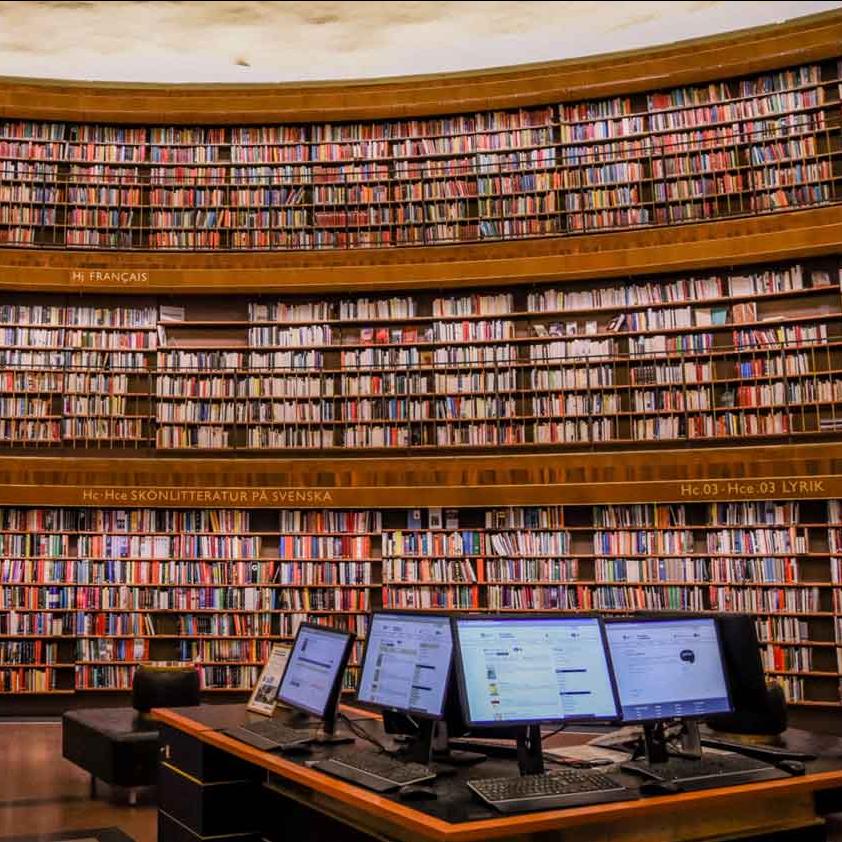
 Department Homepage
The College of Arts & Sciences
Department Homepage
The College of Arts & Sciences
Museum course dives into artistic, literary connections
Graduate students explored texts and artworks with themes of movement, escape and water and curated a related gallery installation as part of a fall course at the Herbert F. Johnson Museum of Art.




